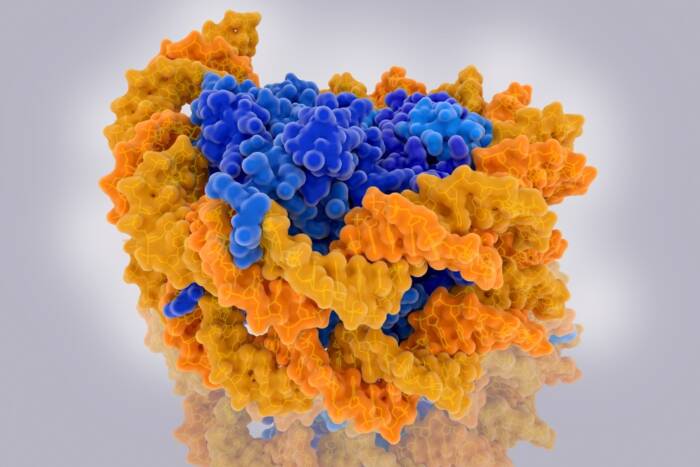Jeffrey A. DeGrasse
 B.S., The George Washington University
B.S., The George Washington University
Proteomic, Bioinformatic and Functional Characterization of the Nuclear Pore Complex of the African Trypanosome
presented by Brian T. Chait
Sometimes one can only wonder at the events that ultimately bring a young person into your lab to do research. Jeff DeGrasse’s grandfather, who was from the Cape Verde Islands just off West Africa, was shipwrecked in a whaling bark off Cape Hatteras in the hurricane of 1917 and spent four days adrift in the Atlantic clinging to debris before being saved as one of only two survivors, finally settling in New Bedford, Massachusetts. Jeff’s scientific voyage, though hopefully much less traumatic, has nevertheless been a truly great adventure.
Trained in chemistry, he set out to throw light on the evolution of a biological machine that is central to the life of every cell that contains a nucleus. This machine, the nuclear pore complex, directs all molecular traffic that enters and leaves the nucleus. Jeff decided to study the complex in the dreaded sleeping sickness parasite, Trypanosoma brucei, an organism that diverged from the branch of the eukaryotic tree of life that gave rise to yeast and man perhaps as far back as two billion years ago. He thought that by comparing the nuclear pore complex from these organisms, he might be able to discern key features that have been maintained over literally billions of years.
This exploration proved challenging in the extreme, requiring a range of strategies that included isolating the components of the machine, identifying them, verifying them as genuine stable components by molecular and cellular biological approaches and ultimately studying them in detail using computational biology. It was impressive to watch Jeff systematically overcome each of the many barriers that stood in his way, all with an extraordinary degree of skill, patience, grace and good humor. His findings, which are many, have profound implications concerning the evolution and function of this centrally important biological machine.


